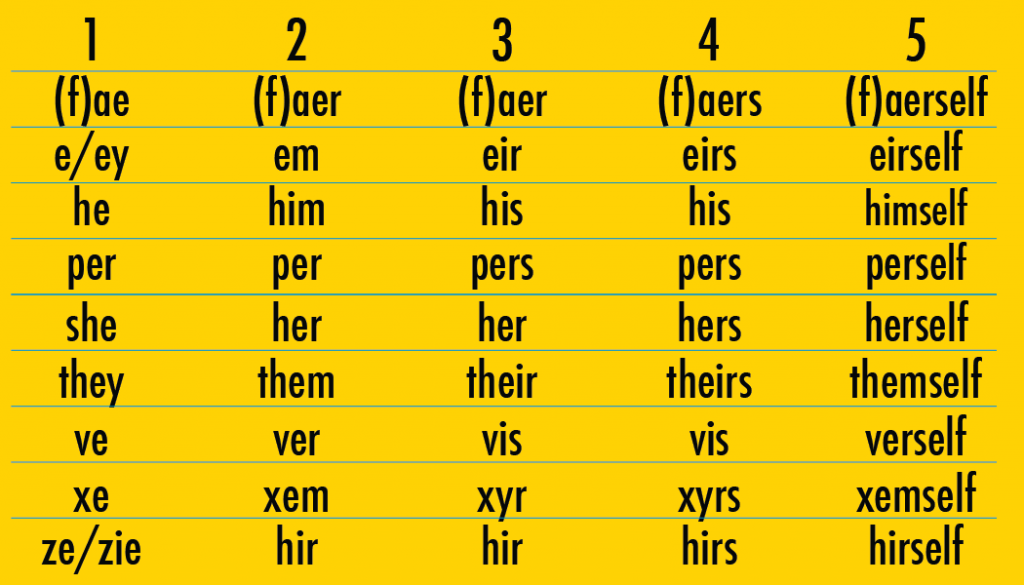


However, gender is not always that simple. If a person’s gender expression (the way they appear in terms of gender) seems to be male, we’d likely use he/him/his when talking about that person if a person’s appearance seems to be female, we’d be likely to use she/her/hers. Typically, society has taught us to make automatic assumptions about what pronouns to use for someone. Why would someone add their pronouns to their signature line? they/them/their (for someone who might not identify strictly as male or female, these pronouns are considered ‘gender neutral’ also used when referring to multiple people). she/her/hers (for someone who might identify as female), he/him/his (for someone who might identify as male), Examples of pronouns you might use refer to others are: Pronouns are used in language all the time when we refer to ourselves or other people. What are Pronouns (or “Gender Pronouns” / “Preferred Gender Pronouns”)? So if a person chooses to tell you their pronouns (in their signature line or otherwise), they are simply letting you know how you can refer to them, without you having to make any assumptions. In addition, we try to build a culture where we don’t make assumptions or pass judgment on each other. As both a service provider and employer, we not only want people to be comfortable being themselves, but also to be celebrated for their identities and what makes them unique. One of Bottom Line’s core commitments is to creating a diverse and inclusive environment.

A Message about Gender Inclusive Pronouns


 0 kommentar(er)
0 kommentar(er)
